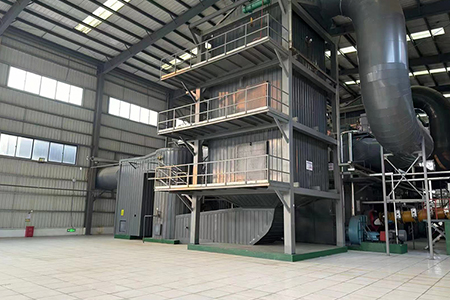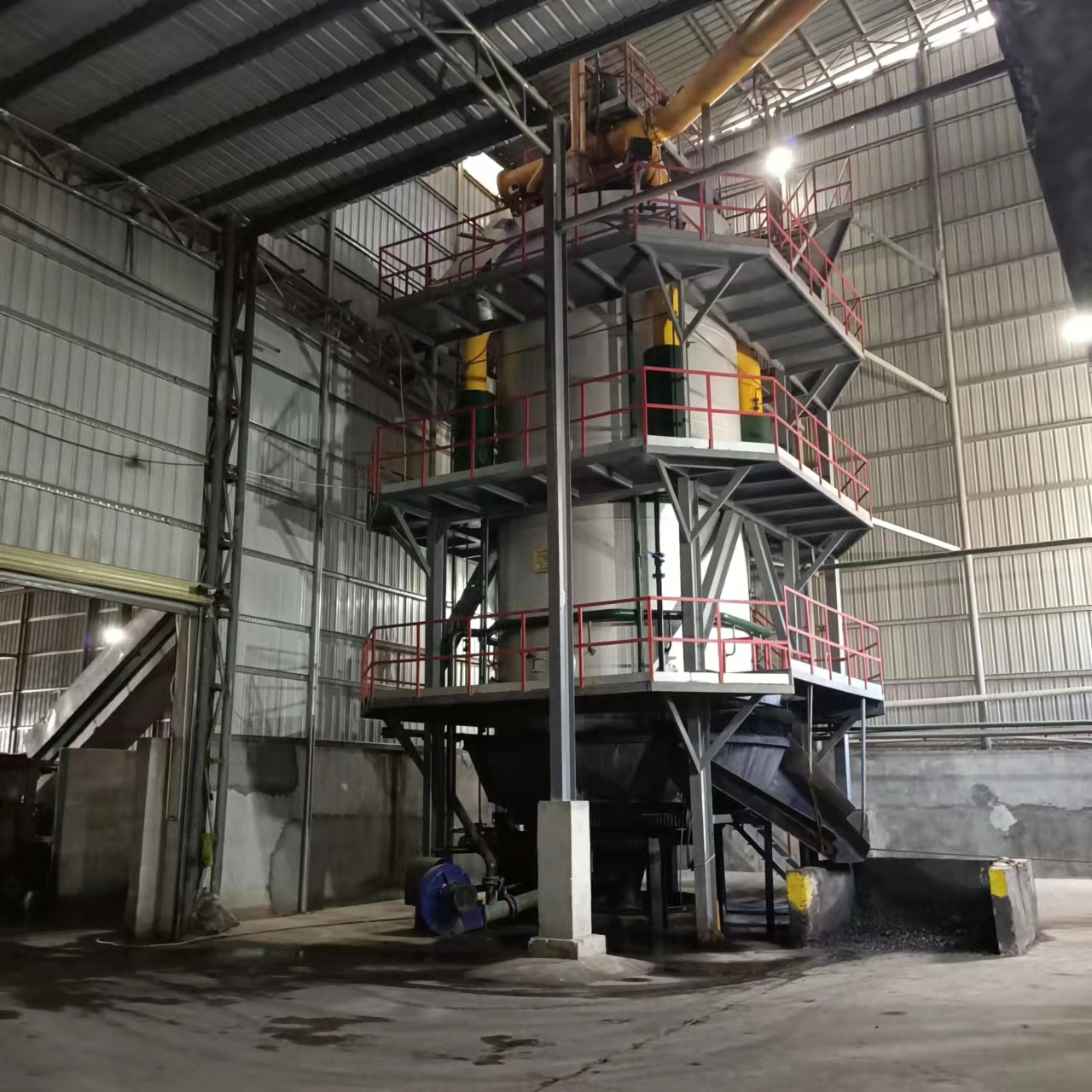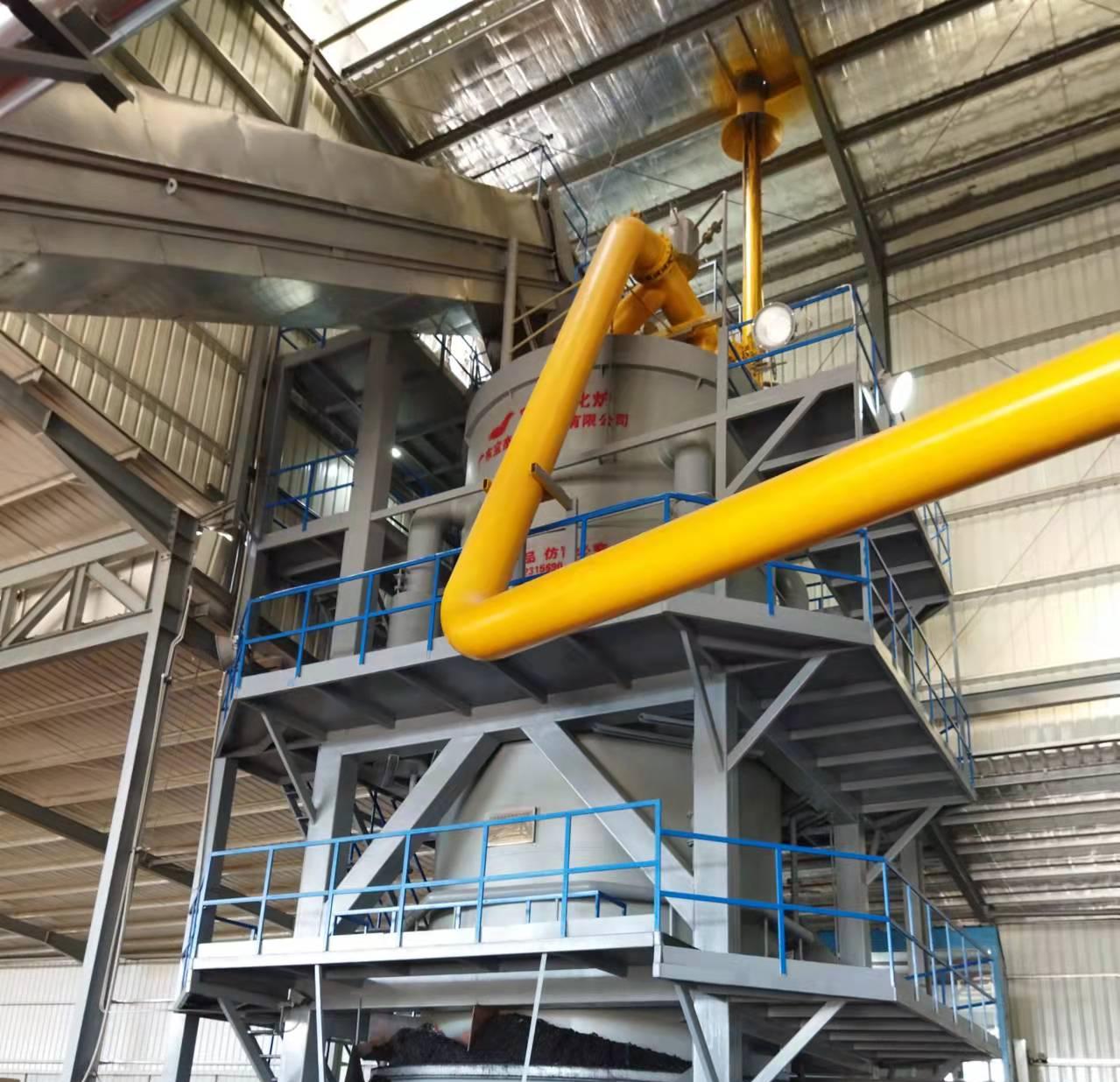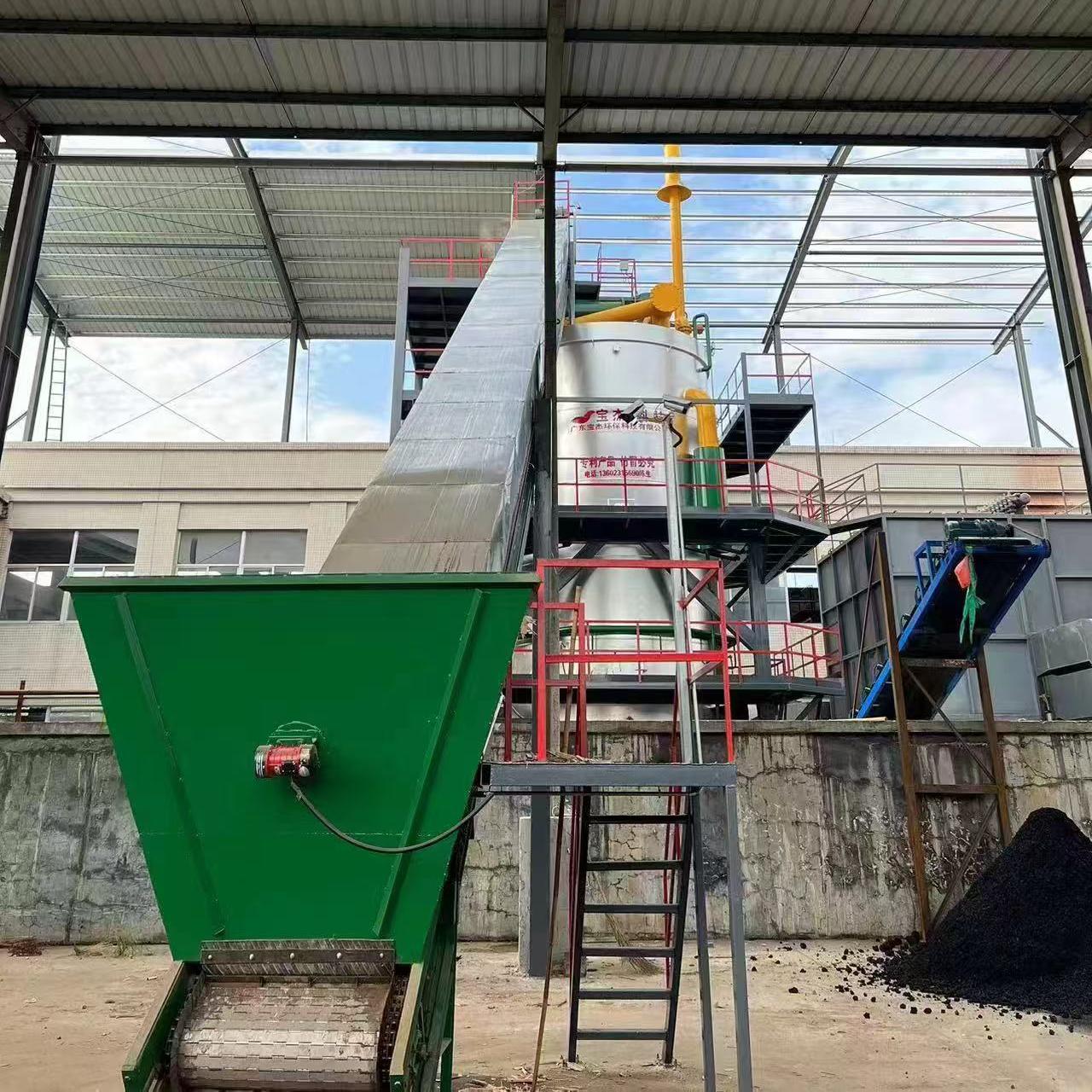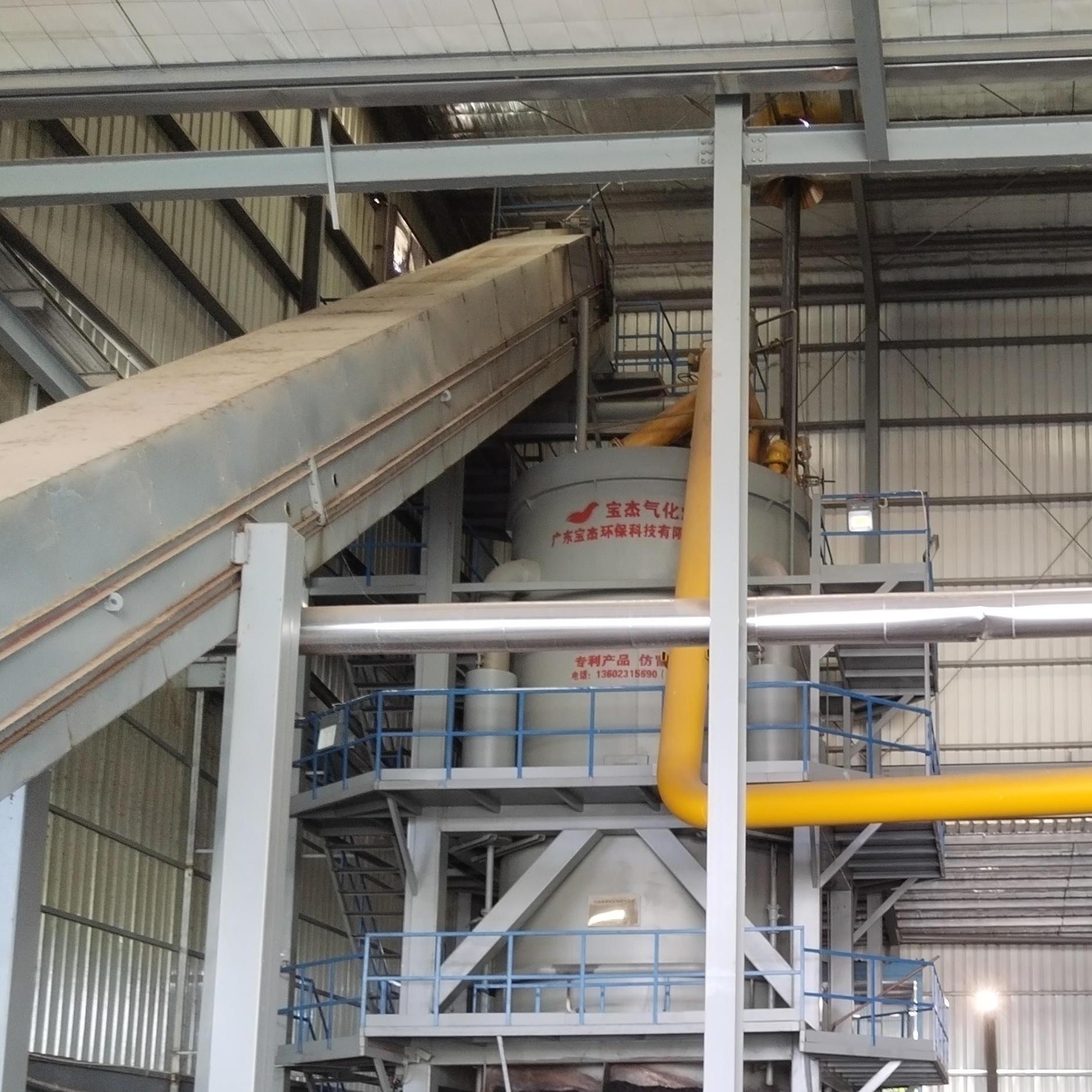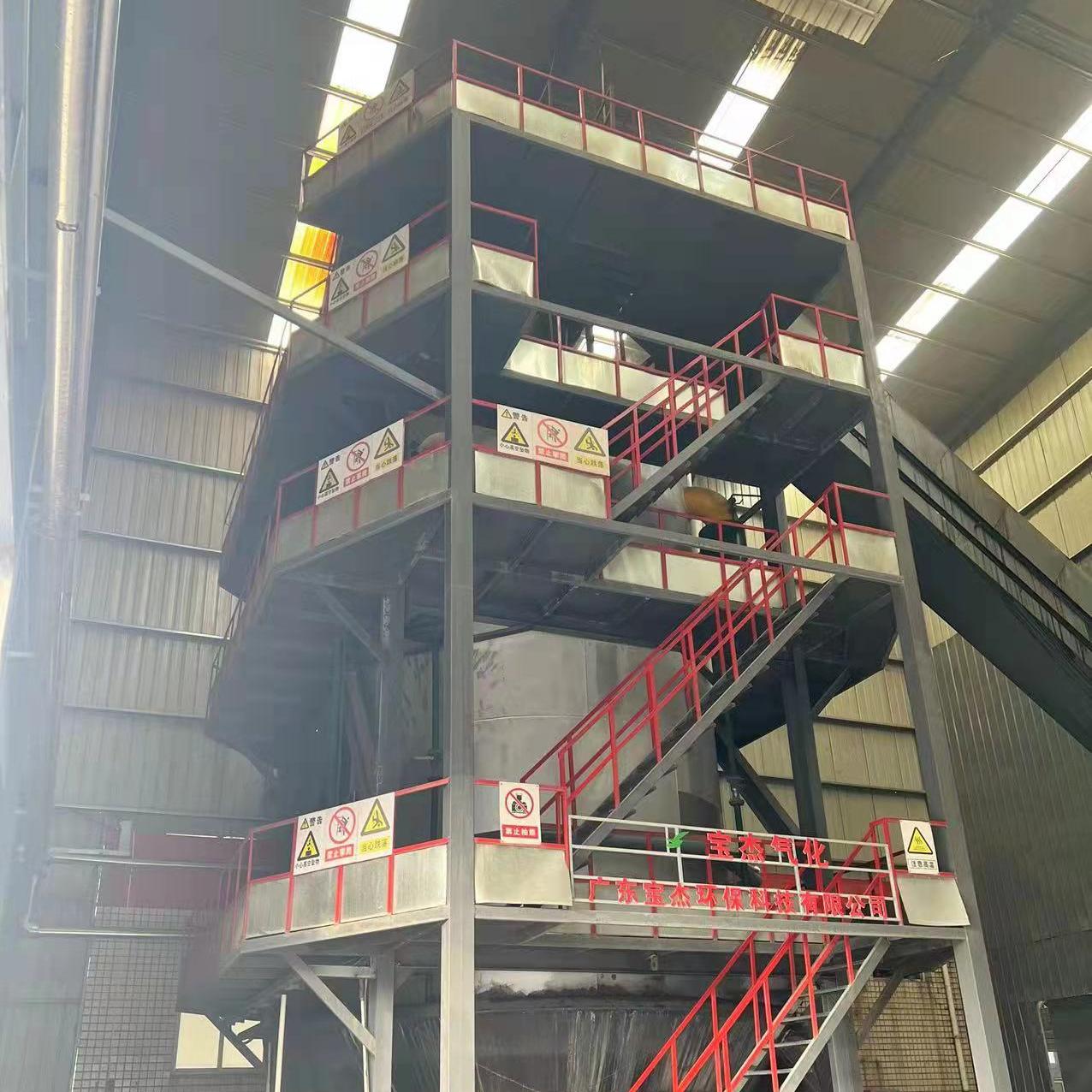R&D and manufacture of biomass gasification equipment, environmental protection equipment, boiler equipment, investment in heating (steam) energy operation and management.
Tel:+86 0769-82928980
E-mail:[email protected]
Web Menu
Product Search
Exit Menu
Industry News
What Are the Energy Efficiency Benefits of a 10 Ton Insulated Furnace Gas Boiler?
In industrial and commercial heating systems, boilers play a crucial role in providing heat and steam for a wide range of applications—from manufacturing processes and food production to building heating and power generation. Among the various boiler systems available, the 10 ton insulated furnace gas boiler has gained significant attention for its superior energy efficiency, environmental friendliness, and operational reliability. This article explores the energy efficiency benefits of a 10 ton insulated furnace gas boiler, highlighting how insulation, combustion technology, and system design contribute to reduced fuel consumption, lower emissions, and cost savings.
1. The Role of Insulation in Energy Efficiency
One of the primary features that distinguishes an insulated furnace gas boiler from a standard boiler is its advanced insulation system. In any heating equipment, heat loss through the boiler shell and piping is a major cause of energy waste. By incorporating high-grade insulation materials—such as ceramic fiber, mineral wool, or calcium silicate boards—the 10 ton insulated gas boiler minimizes thermal losses.
The insulation layer acts as a barrier between the high-temperature combustion chamber and the cooler external environment. This not only reduces heat escape but also helps maintain steady internal temperatures, improving combustion stability. As a result, more of the generated heat is retained and transferred to the working medium (water or steam), leading to higher thermal efficiency, often exceeding 90% in well-designed systems.
Moreover, better insulation reduces the boiler’s external surface temperature, which enhances operator safety and extends equipment lifespan by reducing thermal stress on metal components.
2. Improved Combustion Efficiency
Energy efficiency in a gas boiler depends greatly on how effectively the fuel is burned. Modern 10 ton furnace gas boilers feature fully modulating burners and intelligent combustion control systems that ensure precise fuel-to-air ratios. This optimization enables complete fuel combustion with minimal excess air, thus reducing both fuel wastage and emissions of unburned hydrocarbons.
In addition, advanced boilers are equipped with flue gas recirculation systems, low-NOx burners, and electronic ignition controls, which enhance combustion uniformity and minimize heat loss through exhaust gases. These systems continuously monitor oxygen and temperature levels in the flue gases, automatically adjusting the burner operation to maintain optimal combustion conditions.
The result is a more consistent heat output, better fuel utilization, and lower energy costs over time. Even small gains in combustion efficiency can translate into significant annual savings when operating a 10 ton boiler.
3. Enhanced Heat Exchange Efficiency
The heat exchanger plays a vital role in transferring energy from the hot combustion gases to the water or steam within the boiler. A 10 ton insulated furnace gas boiler typically features a multi-pass heat exchanger design—commonly three-pass or four-pass systems—allowing flue gases to flow through multiple sections of the heat transfer surface before exiting.
This extended heat path ensures maximum extraction of energy from the combustion gases. Additionally, turbulators or finned tubes are often used inside the heat exchanger to increase surface area and promote turbulence, which improves heat transfer efficiency.
By combining efficient combustion with optimized heat exchange, a well-insulated 10 ton gas boiler can achieve thermal efficiencies between 92% and 98%, depending on configuration and operating conditions.

4. Reduction in Fuel Consumption and Operating Costs
The direct result of improved insulation and combustion efficiency is lower fuel consumption. Because the insulated boiler retains more heat internally and wastes less energy through radiation and exhaust gases, it requires less fuel to generate the same amount of steam or hot water.
For industrial facilities operating continuously, these savings can be substantial. Over the course of a year, even a 5% improvement in efficiency can reduce gas usage by thousands of cubic meters—translating into significant cost reductions.
Furthermore, many modern 10 ton gas boilers incorporate condensing technology, which captures latent heat from the water vapor in exhaust gases. This additional recovery can improve overall system efficiency by another 5–10%, further lowering energy bills and making the system more sustainable.
5. Reduced Greenhouse Gas Emissions
Energy efficiency is directly linked to environmental performance. When a 10 ton gas boiler operates efficiently, it burns less fuel and emits fewer pollutants such as carbon dioxide (CO₂), nitrogen oxides (NOₓ), and carbon monoxide (CO).
With global industries under increasing pressure to reduce their carbon footprint, adopting an energy-efficient insulated gas boiler contributes to sustainability goals and helps organizations meet environmental regulations. In addition, natural gas—used as the primary fuel—is cleaner than coal or oil, producing up to 30% less CO₂ emissions per unit of energy output.
Thus, using an insulated 10 ton gas boiler not only reduces operational costs but also aligns with modern green energy initiatives and ISO 14001 environmental management standards.
6. Faster Heat-Up Time and Stable Temperature Control
Another energy-saving benefit of insulation is faster system response. Because less heat is lost to the surroundings, the boiler can reach operating temperature more quickly. This rapid heat-up time minimizes idle fuel consumption and improves production efficiency in industrial processes.
Moreover, with advanced temperature and pressure control systems, the boiler maintains a consistent output, avoiding frequent cycling between on/off states—a common cause of energy loss in older systems. Steady-state operation ensures both process reliability and energy optimization.
7. Long-Term Durability and Maintenance Savings
An often-overlooked aspect of energy efficiency is equipment durability. In a 10 ton insulated furnace gas boiler, the insulation not only conserves energy but also protects the metal structure from extreme temperature fluctuations. Reduced heat stress minimizes thermal fatigue and corrosion, leading to longer boiler life and fewer breakdowns.
Additionally, the reduced flue gas temperatures and cleaner combustion result in less soot and scale formation, which otherwise impede heat transfer and reduce efficiency over time. With proper maintenance, an insulated boiler maintains high performance for many years, offering an excellent return on investment.
8. Integration with Smart Control Systems
Modern 10 ton gas boilers are equipped with digital control panels and smart monitoring systems that continuously track key performance parameters such as fuel flow, exhaust temperature, pressure, and efficiency.
These systems allow operators to analyze real-time data and make precise adjustments, ensuring that the boiler operates in its most efficient state under varying load conditions. In some cases, remote monitoring and predictive maintenance technologies can further reduce energy waste by identifying inefficiencies before they escalate into serious problems.
9. Overall Economic and Environmental Benefits
When evaluating the total cost of ownership, an insulated furnace gas boiler offers compelling advantages. The initial investment may be slightly higher due to the advanced insulation materials and control systems, but the long-term savings from reduced fuel use, lower maintenance, and increased reliability far outweigh the upfront cost.
In addition, the reduction in energy consumption directly contributes to lower operational carbon emissions, enhancing corporate sustainability and compliance with international efficiency standards like ISO 50001.
Conclusion
The 10 ton insulated furnace gas boiler exemplifies the modern evolution of industrial heating technology—combining robust construction, intelligent controls, and superior insulation to deliver outstanding energy efficiency. By minimizing heat loss, optimizing combustion, and maximizing heat transfer, these boilers provide tangible benefits: lower fuel costs, reduced environmental impact, improved process stability, and longer equipment life.
For industries seeking to improve their energy performance and meet sustainability goals, investing in an insulated and high-efficiency gas boiler represents a smart, forward-thinking solution that balances economic efficiency with environmental responsibility.
Quick Links
Products
contact Us
 Tel: +86 0769-82928980
Tel: +86 0769-82928980 Fax: [email protected]
Fax: [email protected] E-mail: [email protected]
E-mail: [email protected] Company Address: Dalang Chamber of Commerce Building, No. 288 Yinlang South Road, Dalang Town, Dongguan City 13333, China
Company Address: Dalang Chamber of Commerce Building, No. 288 Yinlang South Road, Dalang Town, Dongguan City 13333, China Factory Add:
West side of Centre Road and south side of Zhongyuan Road within Hongcaoyuan, Hongcao Town, Shanwei Urban District
Factory Add:
West side of Centre Road and south side of Zhongyuan Road within Hongcaoyuan, Hongcao Town, Shanwei Urban District
Copyright© 2022 Guangdong Bao Jie Technology Co., Ltd.All Rights Reserved.


 EN
EN 